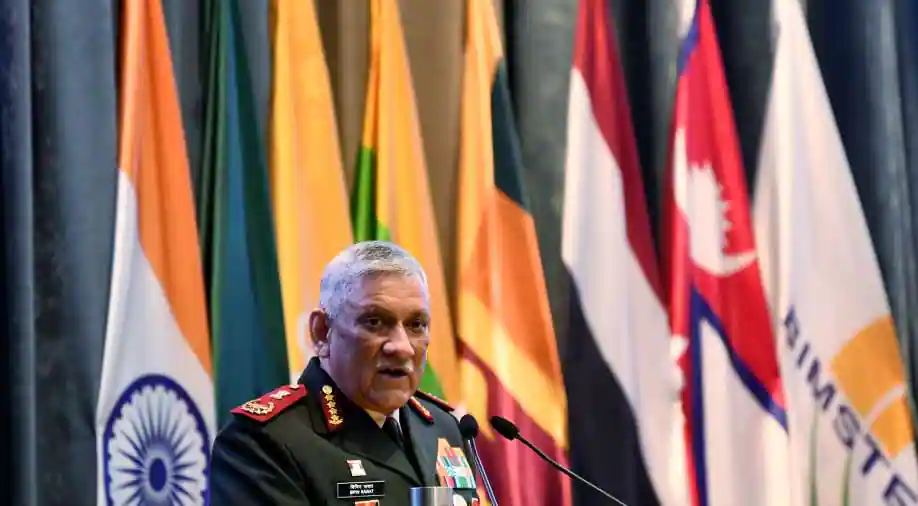Delhi, 10 Dec. 2021
Remains of Indian top military Gen. Bipin Laxman Singh Rawat (1958-2021), India's Chief of Defence Staff were cremated with full military honours at the Brar Square Crematorium in Delhi today, on Friday.
According to the various media reports, India's first Chief of Defence Forces, General Pabin Rawat, his wife, and 11 other forces personnel were killed in a Indian Air Force Mi17V5 helicopter crash near Coonoor in Tamil Nadu on Wednesday around 1208 pm, just 7 minutes before landing at the Wellington air base.
Only one passenger, Grp Capt. n Varun Sigh could survive from the ill-fated Russian helicopter crash, who was shifted to Air Force Command hospital at Bengaluru for further treatment.
“The helicopter took off from Sulur airbase at 11.48 AM on Wednesday and was expected to land at Wellington by 12.15 PM. Air Traffic Control at Sulur Air Base lost contact around 12.08 PM, Rajnath Singh, Indian Defence Minister told the parliament.
The Centre has ordered a 'tri service' inquiry into the accident headed by Air Marshal Manvendra Singh, Air Officer Commanding-in-Chief Training Command.
Tabil Nadu is one of the major six Indian regional states where freedom fighters/separatists have been fighting against Indian rule. Among these regions are Indian Occupied Jammu & Kashmir; Asam; Kamtapur; Manipur; Punjab; and Nagaland.
Daily 'The Indian Express' referring to PTI reported ' Defence Minister Rajnath Singh on Thursday called on President Ram Nath Kovind and briefed him about the chopper crash near Coonoor that killed Chief of Defence Staff Gen Bipin Rawat, his wife Madhulika and 11 armed forces personnel. The President is the Supreme Commander of the armed forces. Official sources said Singh apprised President Kovind about the accident as well as the situation arising out of it '.
Bipin Rawat is the country’s first Chief of Defence Staff (CDS) appointed on 1st of January 2020 for a three year term, served as Indian army chief before taking over new position. He was at one point defence advisor to the Defence Minister. He was also entrusted with carrying out some of the country’s key defence reforms – creating synergy among the three services by merging their 17 different commands into four or five joint commands. The new commands were to focus on specific borders.
Disclaimer: Asian Telegraph Qatar do not accept any responsibility for any comment posted on our website. Any comment does not necessarily represent the views of the Asian Telegraph Qatar, unless where specifically stated otherwise. We reserve the right to unpublish, or delete parts or the entirety of any comments that deemed to be non-conducive to the discussion.













